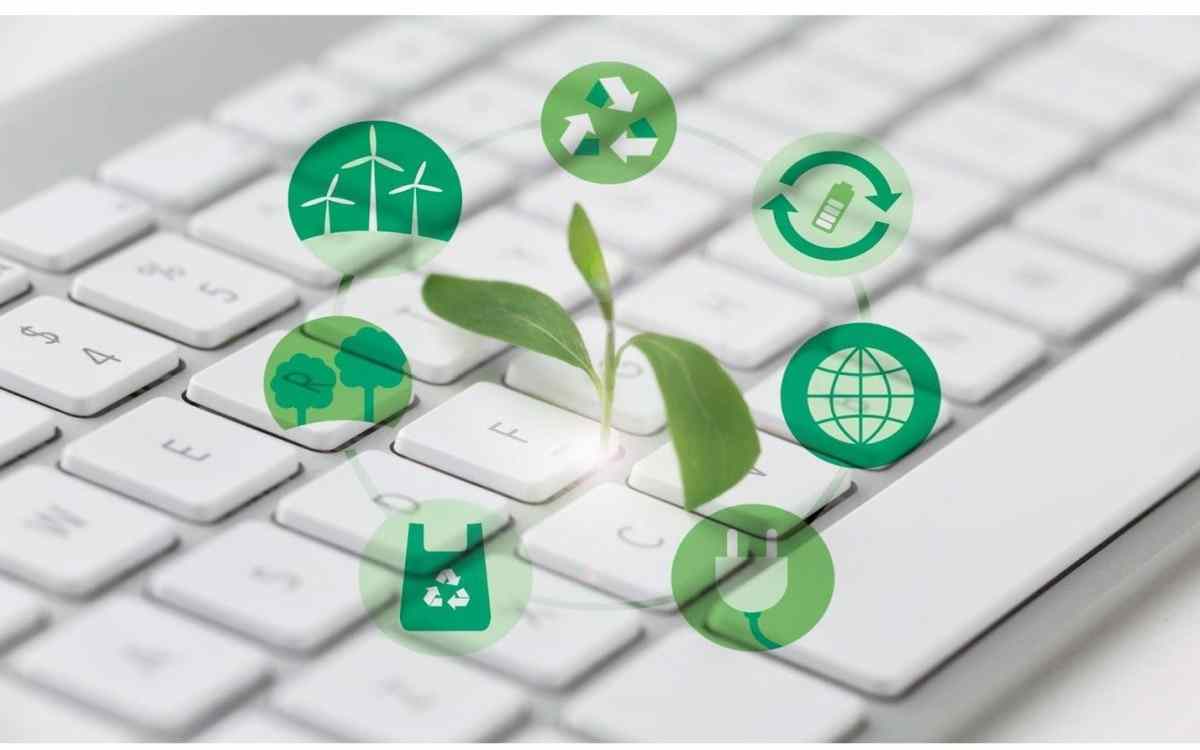
Many small business owners will say that energy costs are the most unpredictable expense for their business.
One of the most important aspects of running a successful business is keeping your operating costs low. One way to achieve this is by becoming more energy-efficient and making small changes to reduce consumption.
As of April 1, 2023, the government will introduce the Energy Bill Relief Scheme. Smaller businesses will not be eligible for support if their energy costs are less than £107 per MWh for gas and £302 per MWh for electricity.
Even if your small business doesn’t meet the requirements, you can still reduce energy consumption.
Here are five practical energy-saving tips your company can immediately implement to become energy-efficient.
Table of Contents
Small businesses can become more energy efficient in several ways, including switching energy suppliers.
You can significantly reduce costs by working with an energy broker, conducting a business energy comparison, and getting the best deal possible.
If you are leasing, the landlord must agree with your decision to switch energy suppliers. If your landlord agrees, you need to determine when the contract ends, which tariff you are paying, and that you are not on a “deemed” tariff.
A deemed tariff is the most expensive, but you don’t need to give notice or pay an exit fee to switch.
This may sound a little obvious; however, switching off unused equipment and appliances can reduce consumption by 10 per cent. Leaving office equipment and devices on standby mode drains energy when not used.
The Energy Saving Trust research shows that approximately 9 per cent of the energy consumed in homes is consumed in standby mode, whereas 16 per cent of the energy consumed in businesses comes from standby mode.
Unplugging unused devices, office equipment, and appliances will reduce phantom energy use. Office computers and printers should be switched off at the end of the day.
Electrical fires can also be prevented by unplugging the source.
Choosing the appropriate equipment and appliances for your office can significantly reduce energy costs since most office equipment has doubled in efficiency over the last decade.
Energy-efficient office equipment such as computers, printers, and photocopiers can reduce energy consumption by 50 per cent.
Most energy-efficient appliances and equipment come with an energy label. You can estimate the cost of running office equipment based on the energy performance of the device, which provides an estimate of the energy consumption the device will use in a year.
However, the actual consumption will depend on how often you use them.
Select energy-efficient equipment that comes with an automatic power-down feature. The equipment will automatically shut down if left idle for a specific time.
There are many different types, sizes, brands, prices, and capabilities of smart thermostats, and they can save your business up to 30 per cent on your energy bill.
A smart thermostat gives you more control over your office’s heating and cooling, depending on the model.
Smartphones can control the temperature when you install a smart thermostat and can be set to turn on and off at specific times. Depending on the model, a key feature is the presence-detecting or proximity sensors.
The sensors alert the thermostat if a window is opened and will automatically shut off the air conditioning in the room.
Additionally, program your smart thermostat during office hours. You can program a smart thermostat to work exclusively at certain times regardless of whether you have teams that work at different hours.
Something as simple as switching out your traditional lightbulb for LED or compact fluorescent bulbs (CFL) can reduce consumption by 90 per cent, and they last twice as long.
CFL light bulbs were the first energy-efficient lightbulbs on the market and used approximately 70 to 80 per cent less energy than a traditional bulb.
Since then, LED bulbs have replaced CFLs and are far more efficient and recommended by the Energy Saving Trust.
Consider using sensor lights in rooms that are not occupied, for example, bathrooms and stock rooms. Sensor lights can reduce energy consumption by 30 per cent. Finally, always make sure that lights in unoccupied spaces are off.
The current energy crisis has forced many smaller businesses to tighten their purse strings.
These five tips only scratch the surface of the measures your business can take to reduce your energy consumption. Consider performing an energy audit to determine additional actions your business can take to save.
London is a cultural mosaic with great history and indulgence, so how can it be…
Are you searching for the best place to shop for Indian sarees in London? London…
Small businesses often find it difficult to navigate the UK banking landscape. There are so…
In the complex world of property finance, mortgage advisors are indispensable allies for anyone looking…
In the fast-paced world of the digital age, marketers often search for the next "big…
If you are a newly self-employed entrepreneur or freelancer, then chances are you’ve not even…